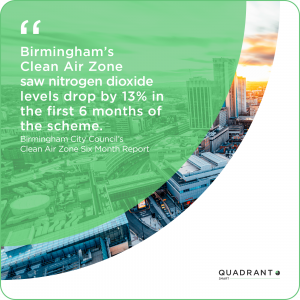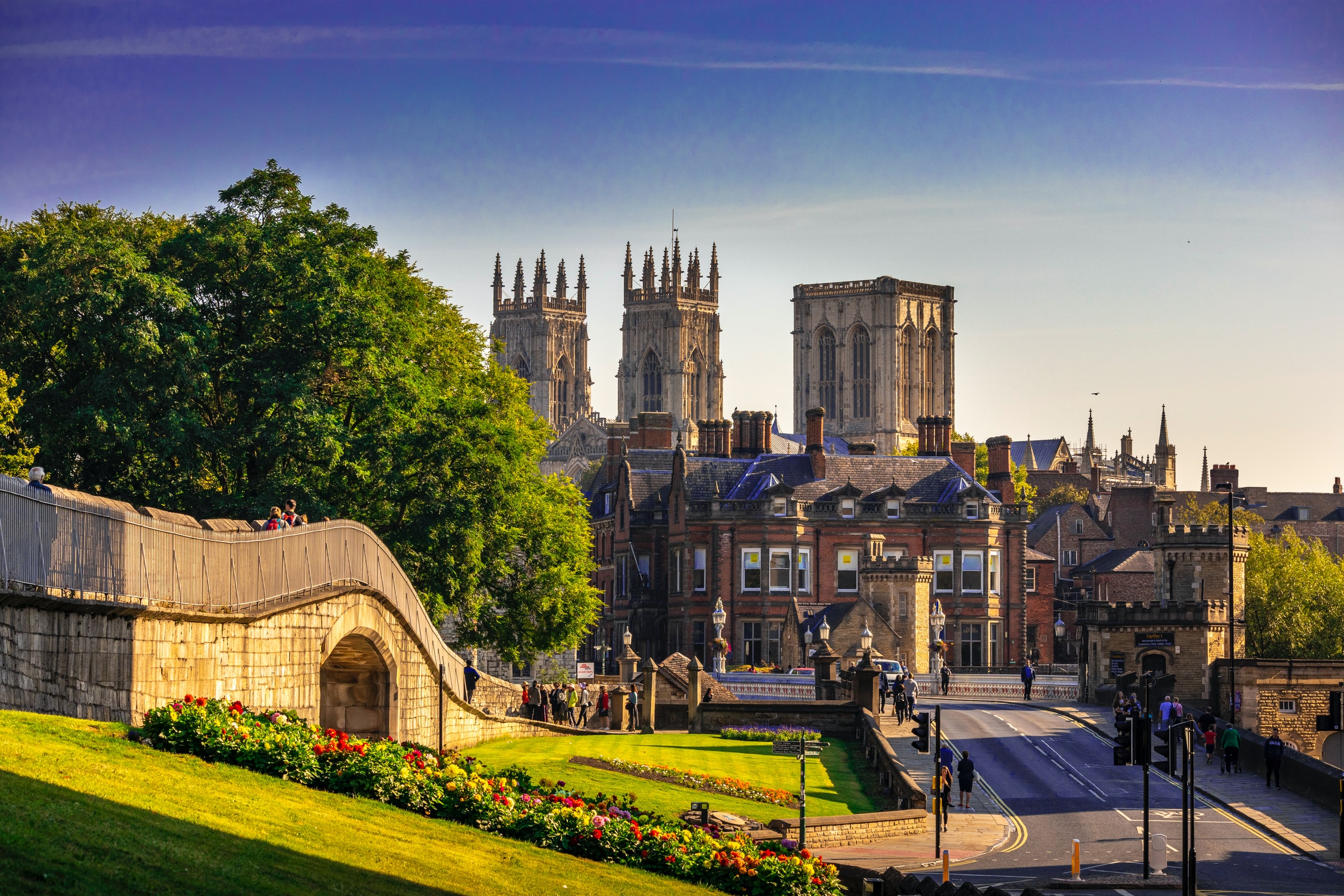How Can Other Cities Learn From Birmingham’s Clean Air Zone?

On Clean Air Day (16 June) Housing Industry Leaders looks at how Birmingham’s Clean Air Zone has, in the past year since launching, improved the lives of the people of Birmingham and how it is setting the benchmark for other cities.
Birmingham was the first to launch a comprehensive Clean Air Zone outside of London. Since the launch of the scheme at the beginning of June 2021, the Clean Air Zone operates in the central Birmingham area within the A4540 Middleway and was introduced with the objective of reducing the levels of NO2 to within the legal limit in the shortest possible time.
Outlined in Birmingham City Council’s Clean Air Zone Six Month Report, it was revealed that the Clean Air Zone saw nitrogen dioxide levels drop by 13 per cent in the first six months of the scheme.
The report used data gathered between the start of the scheme on 1 June 2021 and 31 December 2021 and includes data on air quality, changes to the volumes of vehicles entering the zone and the number and percentage of vehicles that are now achieving compliance with the emissions standards of the zone.
Reducing Air Pollution Will Benefit People And Businesses
With a survey commissioned by the Clean Air Fund in 2020 showing that air pollution is one of the top three public health concerns in the UK and as explained by the World Health Organisation (WHO), almost the entire global population (99 per cent) breathes air that exceeds WHO air quality limits, things must change.
In Birmingham, 14 per cent of all deaths and seven per cent of hospital admissions in 2019 were due to respiratory conditions. Therefore, encouraging Clean Air Zones that focus on the issue of air pollution is essential for cities and towns in the UK moving forward.

Cabinet Member for Transport and Environment, Councillor Waseem Zaffar MBE, said: “These results are a really clear indication that the Clean Air Zone is starting to improve air quality in the centre of our city. It is still very early days for the scheme but if we can maintain this rate of improvement, we are on track to bring the levels of NO2 back within the legal limit.
“We will continue to support individuals and businesses through the transition to becoming a clean-air city and I am pleased that we are getting ready to extend the benefits of clean air in the city centre to all parts of Birmingham. Our Clean Air Strategy starts to set out a longer-term plan for change, but it is something that the Council cannot do on its own. Collaboration with partners will be critical. So too is the need for all of us to understand the positive changes we can make every day that help to reduce air pollution.”
We will continue to monitor and publish the data around the operation and impact of the Clean Air Zone. And we will use this data to help shape our longer-term ambitions and policies in this critical area.
Clean Air Zones Will Support Reduction Of Health Conditions
Improving air quality may help to reduce many health conditions associated with air pollution such as cardiovascular disease, and lung cancer, stop lung function growth in children from being suppressed and stop the decline in lung function with age.
Reducing emissions from vehicles is hoped to lead to a reduction in other pollutants, which could provide further health benefits.
It is clear that the Clean Air Zone programme is one of the best ways for the local and national governments in the UK to work in step to build back better air quality and could see lessons learned for other cities not just in the UK but worldwide.

